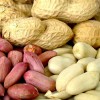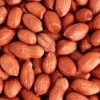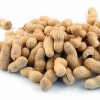Growing peanuts: benefits and harms
Content
Description
Often people ask the question: "Are peanuts a nut or a legume?" In fact, this fruit is considered a leguminous plant. It can grow to a height of 60 centimeters. Most of this cult is underground. The taproot can grow to a depth of one and a half meters. A very developed root system takes up to one meter in diameter. This feature allows peanuts to withstand prolonged drought by absorbing groundwater.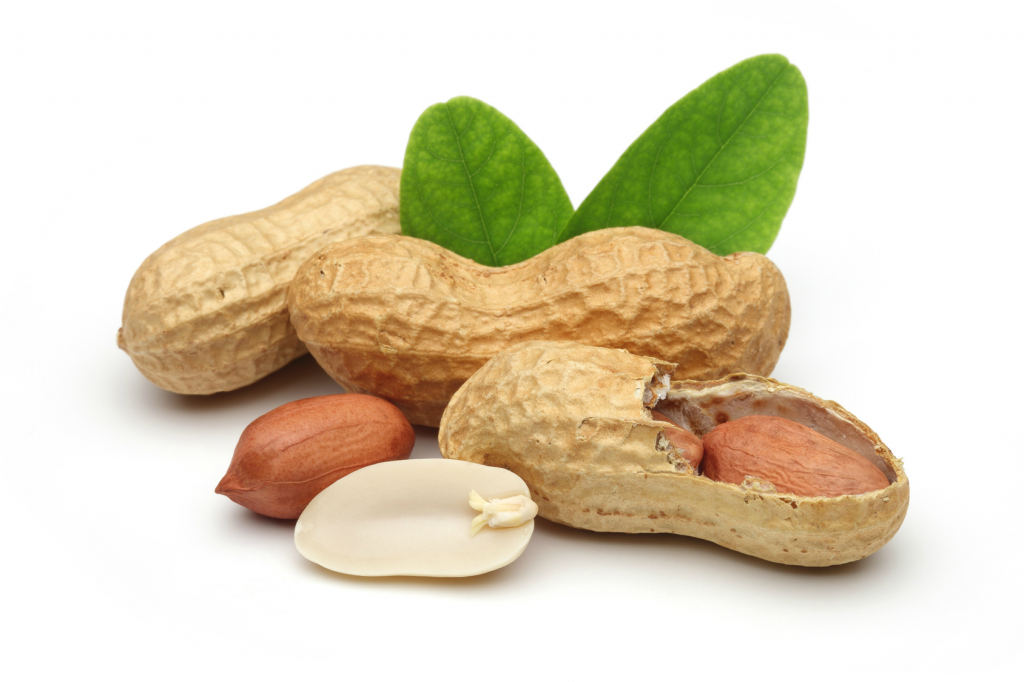
Peanut foliage has a double-pinned structure, green in color. Inflorescences appear in the axils of the foliage, have an orange or rich yellow color. One inflorescence appears on each flower. Because of this, the flowering period is significantly lengthened - it takes the period from late June to mid-autumn (up to the onset of frost). Usually the flower opens early in the morning before lunchtime and then gradually closes. One plant of peanuts can grow up to 2 thousand flowers per season, and beans on average about 50 pieces.
After a few days, a young ovary forms in the place of the opening flower. It looks like a specific aerial root that bends to the ground. Agronomists call it gynophore. Thus, the plant can be protected from heat or seasonal drought. When the gynophore penetrates into the ground, it begins to grow rapidly into a large cylindrical bean. Pinkish seeds are already beginning to form in it.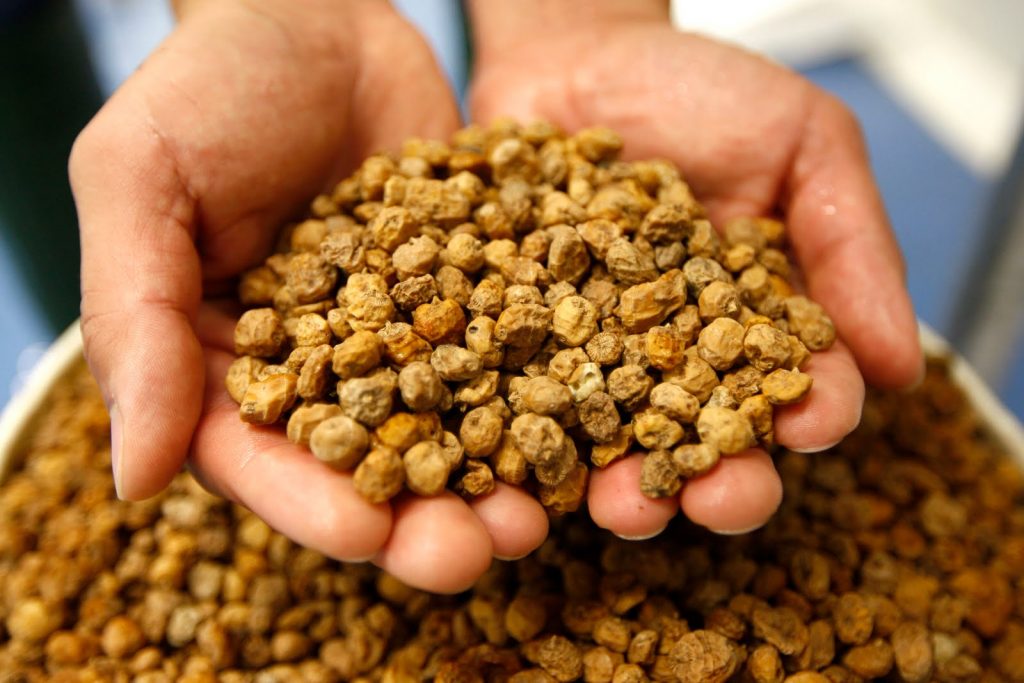
There is also a peanut chufa. It is an earthy almond native to Africa. Now actively grown in the Mediterranean countries. The foliage is sharp, triangular, the entire upper part looks like a weed. The plant can reach a height of 80 centimeters. The root system is developed, and tubers of nuts are formed on it. There can be several hundred tubers on one bush. They are small in size, dark brown in color, oval in shape. After drying, they become wrinkled. Inside is a white core.
Video "Benefits and Harms"
From the video you will learn about the benefits and dangers of peanuts.
Growing
This peanut should be grown under suitable conditions. Then a good harvest can be reaped. It is advisable to choose black soil or sandy loam soil, where there is a sufficient amount of humus, magnesium, calcium. Peanuts do not like acidic soil, so you will need to first add limestone to it. The plant does not tolerate heavy salts in the soil. Against them, you need to use phosphogypsum or other drugs that can quickly break down these compounds.
The site should be chosen with good sunlight, no shade. The ground should be well warmed up and ventilated. If moisture stagnates, the root system will begin to rot and the crop may die.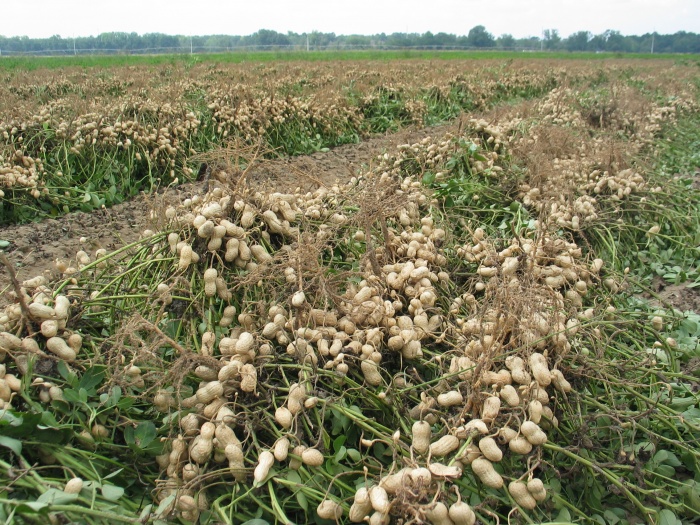
Peanut seeds germinate freely at a comfortable temperature - 13-14 degrees Celsius, it is better if it reaches 20 degrees. Then the growth is much faster. The plant can lose seedlings even with a short-term cold snap, if the temperature drops to 2-3 degrees below zero. The destructiveness of frost is reflected not only on the plant itself, but also on the seeds.Therefore, when growing peanuts in your region, you must take into account the climatic features.
Regular watering is required during the period of active flowering of the plant and the formation of seeds in the beans underground. The water should not stagnate, but the soil should be moist. In September, you can reduce watering.
In order for the gynophores to reach the ground faster, peanut hilling must be done. Poor conditions affect a decrease in plant resistance to various diseases - root rot spreads faster.
If you know how peanuts grow, then in late autumn you can harvest a good harvest of nuts.
Hilling
The most important step in caring for peanuts is hilling seedlings. Without it, the volume of the crop is reduced.
Hilling is carried out several times per season. The first time it is enough to raise the layer of earth by 5-6 centimeters. Earthworks are carried out a few weeks after the first flowers appear on the seedlings. 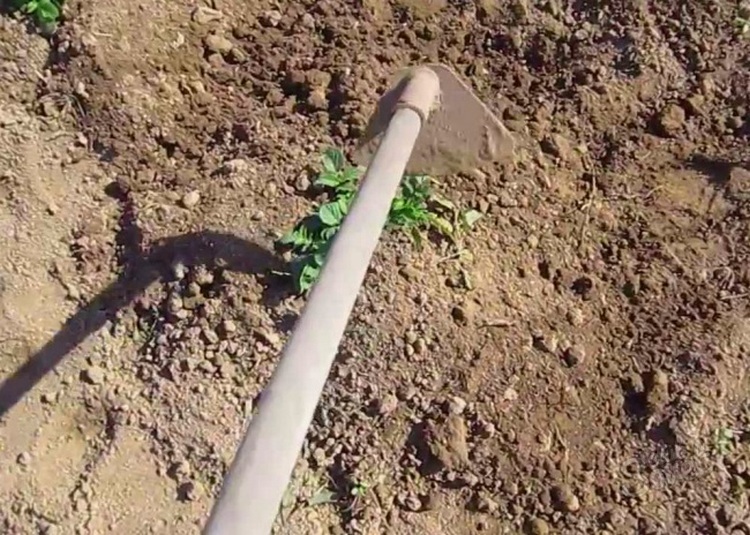 Then the procedure is repeated after 10 days. Do not rush to do everything in one go. It is necessary that the soil level rises gradually and flowering appears on the entire stem. Otherwise, only the upper pagon trees will have time to bloom and a significant part of the crop will be lost.
Then the procedure is repeated after 10 days. Do not rush to do everything in one go. It is necessary that the soil level rises gradually and flowering appears on the entire stem. Otherwise, only the upper pagon trees will have time to bloom and a significant part of the crop will be lost.
Harvesting
Harvesting is carried out in the fall before the onset of frost. This is done not only for convenience, but also so that the seeds do not freeze. Otherwise, next year you will need to buy new planting material.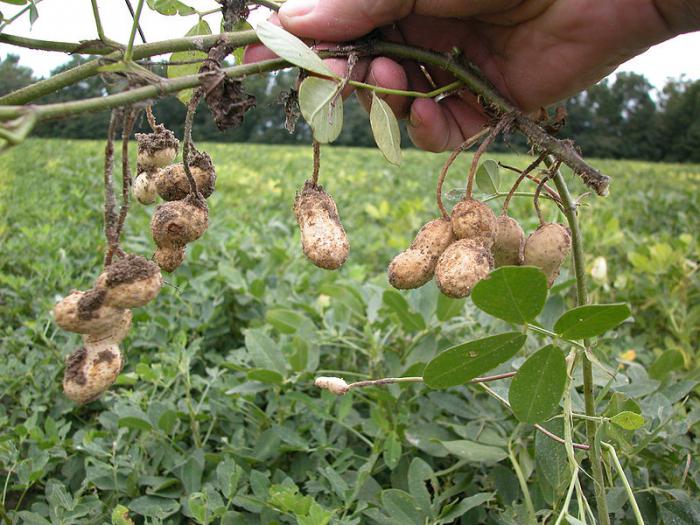
The bushes are dug out with a garden tool. The earth is shaken off, the rhizome with beans is cut off and placed in boxes or bags. There they can dry out, as there will be access to air. It is advisable to sort out ripe fruits from unripe ones. Small ones can be thrown away.
After the groundnuts are dried, they are husked and eaten after cooking. It is not recommended to store peanuts in cold and damp rooms, as the beans can be affected by mold or poisonous fungi.
On average, up to 200 grams of nuts can be collected from one meter of a square plot.
Benefit and harm
Chufa is a source of many useful elements. So, in the composition of this nut there is a significant amount of magnesium, phosphorus, as well as calcium and iron. In addition, it saturates the body with a huge amount of useful, easily digestible protein. These earthy almonds are an excellent source of fatty oil, a number of B vitamins, ascorbic acid and tocopherol, and many other beneficial elements. Experts have come to the conclusion that an adult should eat about two hundred grams of such a substance per day in order to cover the body's need for most of the minerals and other components.
Among other things, such a food product has a number of medicinal properties. So, its systematic use in food helps to strengthen and increase immunity, has a positive effect on mood, and increases efficiency.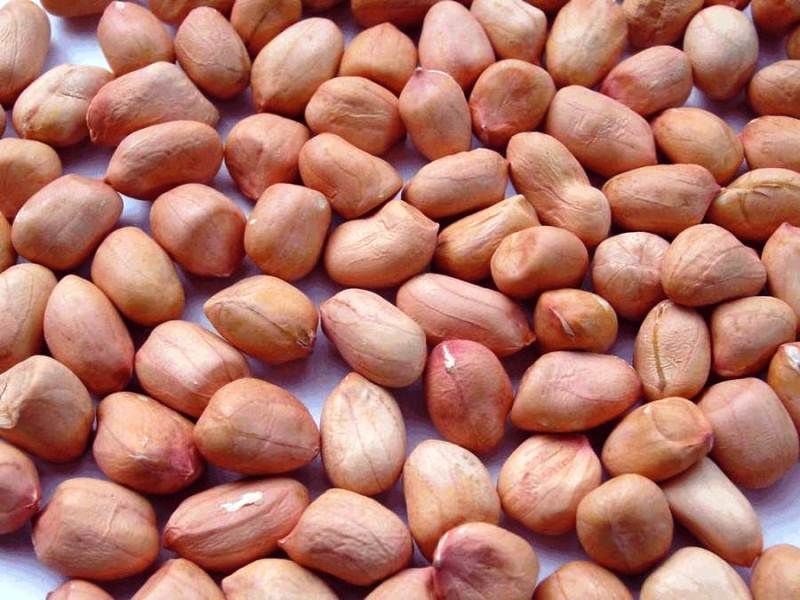
Chufa nut has no contraindications and cannot harm human health. However, you should refrain from using them if you have been diagnosed with liver disease. Due to the high calorie content, it is advisable for overweight people to limit the use of these fruits.
Peanuts are rich in fats and proteins, carbohydrates are much less. There is no cholesterol in it, since fats are of vegetable origin and are not harmful to health. It is useful for pregnant women, as well as for people who constantly experience great physical activity. Peanuts contain a lot of vitamins B, E and PP. Vitamins of these groups help with diseases of the joints, gastrointestinal tract, circulatory and immune systems. The product helps to eliminate various toxins from the body and normalizes metabolism.
Doctors recommend using these nuts for problems with the cardiovascular system, with a low level of hemoglobin in the blood and vitamin deficiency.
The composition also includes folic and ascorbic acid, as well as many trace elements: iron, selenium, manganese, zinc, sodium, calcium, magnesium and phosphorus.
Many people are diagnosed with an allergy to peanuts, or rather to its proteins. If you have a hypersensitivity to this product, it should not be eaten. Otherwise, he does not pose a threat to human health, if you follow the dosage, everything is useful in moderation.
Video "Growing"
From the video you will learn how to grow a peanut in your area.

